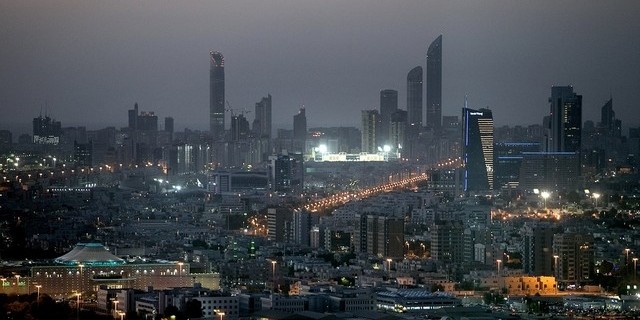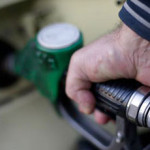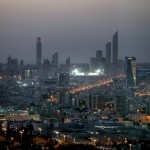Oil price slide threatens energy subsidies in Arabian Gulf states

Low oil prices may lead Arabian Gulf states to issue additional debt and cut energy subsidies, according to the ratings agency Standard and Poor’s.
“If there’s a prolonged oil price correction, corporate and government-related entities may have to change the way they fund [infrastructure, development and investment] projects,” said Tommy Trask, director of corporate ratings in the Middle East at Standard and Poor’s.
A temporary reduction in oil prices is likely to force Gulf states to tap into their reserves, but “a prolonged period of lower government revenues … may push up sovereign and government-related entity capital market issuance”, the agency’s report states.
The benchmark oil price Brent crude has fallen by 29 per cent in the last nine months, from US$107.76 per barrel, to $83.39 per barrel on Friday. Capital Economics predicts that the oil price will hit $85 next year before falling to $80 in 2016.
The UAE’s break-even oil price is $81.3 per barrel, according to Standard and Poor’s. However, Abu Dhabi’s break-even oil price is $45 per barrel, meaning that the capital’s fiscal plans should be unaffected by the recent fall in oil prices.
“The UAE has a comparatively diversified economy by Gulf standards, making it less vulnerable to lower oil prices,” states a recent report from Capital Economics. “We expect the non-oil economy to grow at a solid pace supported by stronger global demand and rising credit growth.”
The federal fiscal surplus is projected to fall to 9.5 per cent of GDP this year, from 10.8 per cent last year, when the oil price was $96.90 per barrel on average.
Low oil prices have led to new calls from GCC ministers to reduce subsidies for domestic energy consumption.
Energy and water tariffs in Abu Dhabi are set to rise, as the government reduces spending on consumer subsidies. Tariff support is set to cost the emirate Dh17.5 billion this year, according to the Abu Dhabi Executive Council.
Producers in energy-intensive industries, such as aluminium, could lose out if energy subsidies are reduced, Mr Trask said.
“There are strategic reasons why the UAE Government provides subsidies to energy-intensive industries,” he said. “But many of these producers have high margins, so there is room for the Government to reduce subsidies, even while these companies continue to be profitable.”
Lower government revenues may lead to increased corporate and state fixed income issuance – which would be good news for the country’s capital markets.
In April, the Securities and Commodities Authority relaxed sukuk issuance regulations in a bid to encourage more issuers to list on the UAE’s bourses.
Global sukuk issuance hit $21 billion in 2013, while Nasdaq Dubai has attracted about $6bn of new listings this year.
Private sector fixed-income issuance in the UAE is equal to about 0.7 per cent of GDP as of this year – considerably lower than in the UK and US, where private sector bond issuance is equivalent to 29 per cent and 44.5 per cent of GDP respectively.
This means there is room for the UAE to grow its fixed-income capital markets, S&P said, which could improve prospects for corporate financing, and the wider economy.
“Developing fixed-income markets should lead to more resilient and stable financial sectors, and more diversified funding structures,” the report states. This would encourage “economic and private sector employment growth”.
Source: thenational-Oil price slide threatens energy subsidies in Arabian Gulf states





























